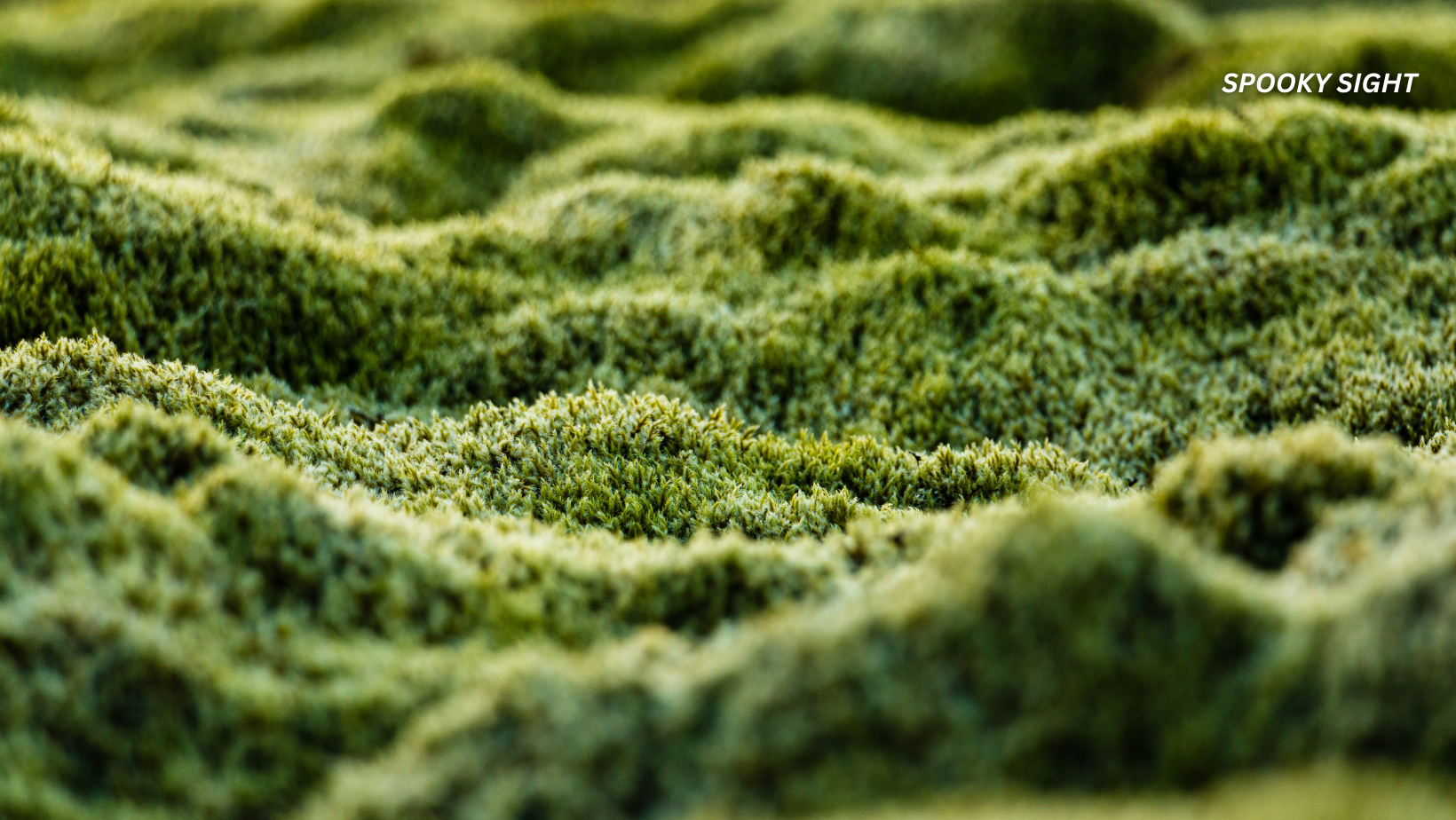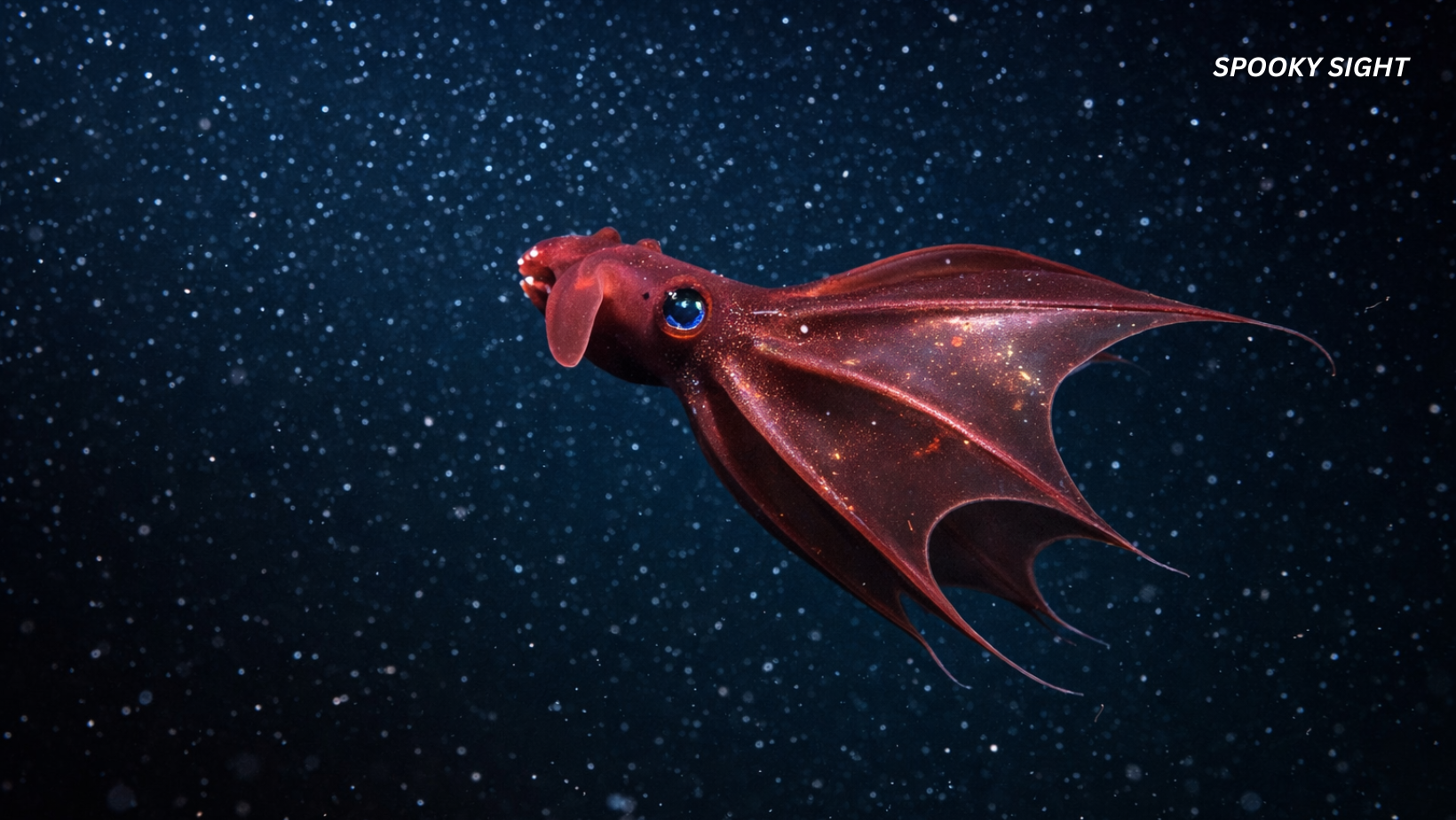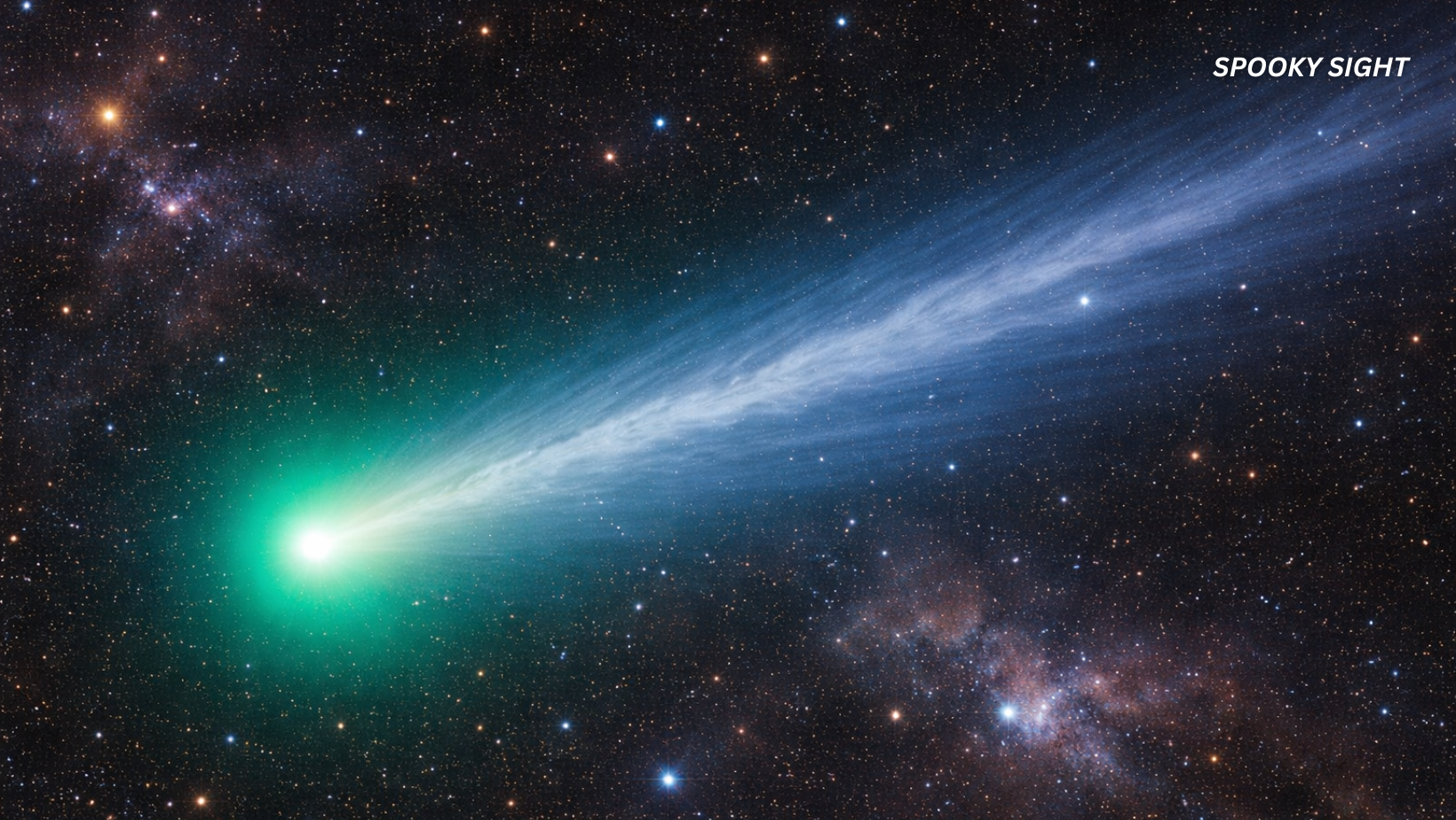Imagine unearthing a message that has been hidden away for over a century and a half, tucked inside a bottle buried deep within an ancient Viking grave. Such a discovery is nothing short of extraordinary, a rare window into the past that connects us directly to the people who first sought to preserve history. Recently, Norwegian archaeologists made just such a find-an authentic message in a bottle dating back to 1874, left behind by one of Norway’s pioneering archaeologists during an early excavation of a Viking burial mound.
This unexpected capsule of history was uncovered at a site long untouched by modern archaeologists, a burial ground that had remained sealed for more than 100 years. The message, penned by Anders Lorange, offers a firsthand account of the grave’s contents and the circumstances of its original excavation. It is a vivid reminder of how archaeology has evolved-from the early days of digging and discovery to today’s meticulous scientific study-and how the past continues to speak to us in surprising ways.
The find is especially poignant because it comes from a Viking grave of immense significance, belonging to King Audbjørn, who was laid to rest with what is considered the largest Viking ship ever found in Norway. This discovery not only enriches our understanding of Viking culture and burial customs but also highlights the enduring legacy of those who first dedicated themselves to uncovering history’s secrets.
As Norway prepares to nominate this site for UNESCO World Heritage status, the message in the bottle serves as both a literal and symbolic link between generations-an eloquent testament to the human desire to preserve memory and share stories across the centuries. In this article, we delve into the fascinating details of this remarkable find, exploring its historical context, the personal story behind the letter, and what it reveals about the Vikings and the early days of archaeology.
Read more: The Lost City of Atlantis May Have Been Found Hiding Under A Mile Of Water, Researchers Say
Unearthing a Time Capsule from 1874
The bottle was uncovered during a recent excavation at a site that hadn’t been disturbed for a century. Norwegian historian Jacob Bredesen, who documented the moment, explained that the burial mound had originally been opened in 1874 by Anders Lorange, a young archaeologist working for the Bergen Museum. Lorange’s work was among the first professional archaeological digs in Norway, and this particular mound contained the remains of King Audbjørn, a Viking chieftain interred with what is now recognized as the largest Viking ship ever found in the country.
Bredesen remarked on the rarity of such an excavation, noting that Norway has not seen a Viking grave opened in the last hundred years. The renewed interest stems from the Norwegian Ministry for Cultural Heritage’s ambition to nominate the site as a UNESCO World Heritage location, a process that demands more thorough investigation than the original 19th-century dig.
The Contents of the Bottle: A Letter from the Past
Inside the glass bottle, archaeologists found a letter penned by Lorange himself, along with his business card and several coins from the era. The letter, translated from Norwegian, reads:
“This mound was excavated in the year of our Lord 1874 by Anders Lorange, Antiquarian of Norway. The mound is built over fallen men. They were burned in their ship with their weapons and decorations. Of shield bosses there were 26, two swords, an axe, and many arrows, in addition to many other old artifacts. The find is handed over to Bergen Museum.”
This note offers a snapshot of the burial’s contents as understood by Lorange, though later research revealed some inaccuracies. For instance, the number of shields mentioned does not match the actual finds, and an important artifact-a bronze vessel believed to have originated from Ireland-was omitted. This suggests that Lorange, while the official archaeologist, was not directly involved in the excavation work, which was likely carried out by local laborers. Consequently, his overview was incomplete when he left the message for future generations.
A Personal Touch in Viking Runes
Adding a charming and unexpected detail, Lorange inscribed a message in runes at the end of his letter. The runic text spells out the name of his beloved, Emma Gade. The couple’s relationship was brief but meaningful; they married shortly after his work at the site concluded. This romantic flourish humanizes the historical record, connecting us to the personal life of a man who lived nearly 150 years ago.
The Historical Significance of the Burial
The burial mound at Myklebustgarden farm, located in western Norway, is a site of immense archaeological importance. The Viking ship discovered there, measuring approximately 100 feet long, was part of a funerary ritual in which the deceased were burned along with their weapons and possessions. This practice highlights the Vikings’ beliefs about death and the afterlife, where the ship served as a vessel to carry the departed to the next world.
King Audbjørn Frøybjørnsson, whose grave was excavated, was a 9th-century ruler of the Firda region. The artifacts found within the mound, including shields, swords, axes, and the aforementioned bronze cauldron, provide valuable insight into Viking craftsmanship, warfare, and cultural exchanges, such as trade or raids that brought foreign items like the Irish bronze vessel to Norway.
Vikings: Navigators of the North and Beyond
The Vikings, originating from Scandinavia-modern-day Norway, Sweden, and Denmark-were renowned seafarers and warriors active from roughly the late 8th century through the 11th century. Their voyages took them across the North Atlantic, reaching as far as the British Isles, Iceland, Greenland, and possibly even North America, centuries before Columbus.
These Norse explorers left an indelible mark on the regions they settled or raided, influencing local cultures, languages, and histories. The discovery of the Myklebust burial mound and its contents enriches our understanding of Viking society, their burial customs, and their far-reaching connections across Europe and the Atlantic.
Revisiting the Past with Modern Eyes
The rediscovery of Lorange’s message in a bottle underscores the evolving nature of archaeology. While 19th-century excavations laid the groundwork, contemporary methods allow for more precise and respectful study of ancient sites. The Norwegian Ministry’s push for UNESCO recognition reflects a broader commitment to preserving and celebrating cultural heritage.
As archaeologists carefully continue their work at Myklebustgarden, they not only uncover artifacts but also revive stories-both of the Vikings themselves and of the early scholars who dedicated their lives to unearthing history. Lorange’s bottle, a literal time capsule, bridges these two worlds, reminding us that history is a continuous dialogue between past and present.
This extraordinary find, blending archaeological discovery with a personal narrative, invites us to reflect on the enduring human desire to communicate across time. Through the lens of a 19th-century archaeologist’s note, we glimpse the grandeur of Viking heritage and the passion of those who strive to keep it alive.
Featured image: Freepik.









